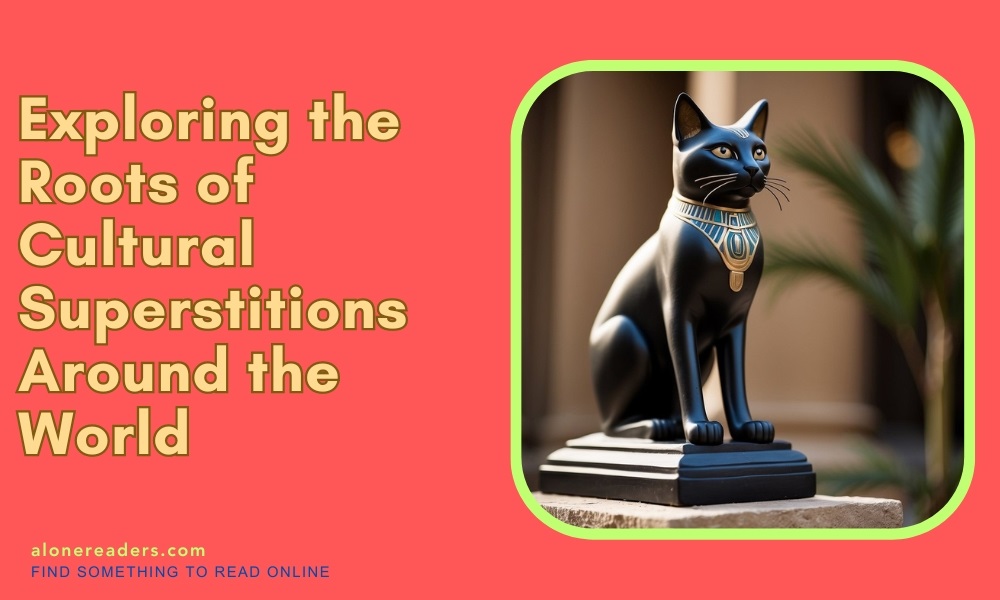
Superstitions are as old as humanity, woven into the fabric of various cultures across the globe. These beliefs, often seen as irrational, are deeply rooted in the customs, traditions, and historical experiences of different societies. They influence behavior, dictate responses to common life events, and even impact architecture and urban planning. This article explores the origins and implications of some of the most widespread superstitions around the world.
Superstitions often arise from the human need to explain the unexplainable. In ancient times, natural phenomena that could not be explained scientifically were often attributed to supernatural causes. This could include anything from volcanic eruptions to diseases. To manage fear and uncertainty, communities would develop beliefs or rituals that they hoped would provide protection or good luck.
Walking Under a Ladder
This superstition dates back to medieval times, where a ladder leaning against a wall formed a triangle, symbolizing the Holy Trinity of Christianity. Passing through this triangle was considered a violation of sacred ground and an invitation to devils.
The Black Cat
In ancient Egypt, cats were revered, and the goddess Bastet, depicted as a lioness or a woman with a cat’s head, was worshipped. However, in later European folklore, black cats came to be associated with witches and bad luck, particularly in the Middle Ages.
Breaking a Mirror
The belief that breaking a mirror leads to seven years of bad luck stems from ancient Roman times. Romans believed that life renewed itself every seven years and that a mirror held a piece of the soul. Breaking a mirror, thus, would damage one's self until the next seven-year cycle began.
The Evil Eye
The concept of the evil eye is one of the oldest and most widespread superstitions, found in cultures across Europe, Asia, and Africa. It is believed that envy or malevolent gazes can bring about misfortune. This superstition has led to a variety of talismans designed to protect against the evil eye.
Knocking on Wood
Originating from ancient pagan cultures such as the Celts, who believed that spirits and gods resided in trees, knocking on wood was a way to call upon these entities for protection or to thank them for a favor.
Throwing Salt Over the Left Shoulder
This practice dates back to ancient Rome, where salt was a valuable commodity and spilling it was unlucky. Throwing it over the left shoulder was supposed to blind the devil waiting there.
While many people today may regard superstitions as relics of the past, they continue to influence modern life. Architects and builders might skip the thirteenth floor in a building, and athletes often follow routines they believe will bring them good luck. These practices show that superstitions provide a sense of control over the uncertainties of life.
Superstitions also play a crucial role in reinforcing cultural identity and community bonds. They are a part of heritage and collective memory, passed down through generations as part of the cultural fabric. Festivals, rituals, and even daily practices are peppered with actions that reflect age-old superstitions, keeping the connection alive between the past and the present.
The endurance of superstitions across time and cultures is a testament to their integral role in human society. Despite advances in science and technology, these beliefs offer continuity, comfort, and a touch of mystery, enriching the cultural landscapes of communities worldwide. As we move forward, it becomes increasingly important to understand and respect these beliefs, recognizing them as a vital part of our global heritage.